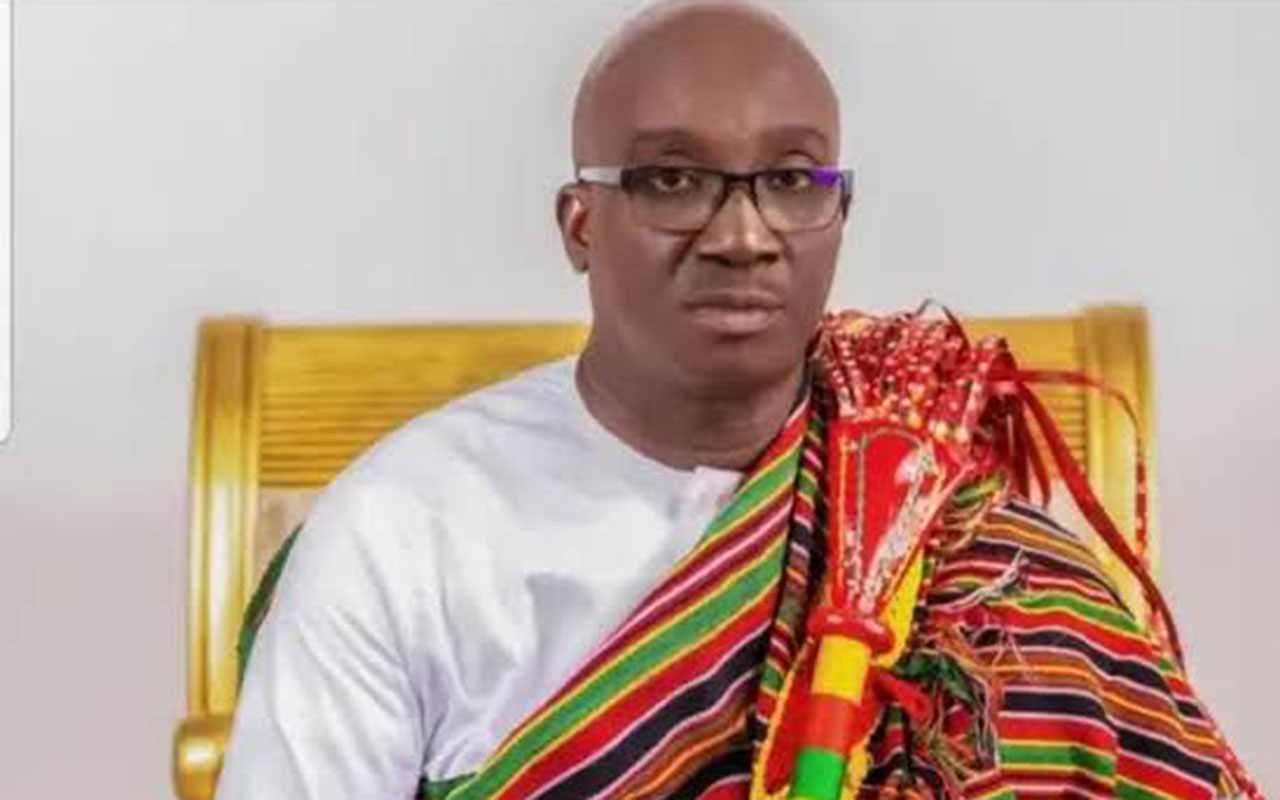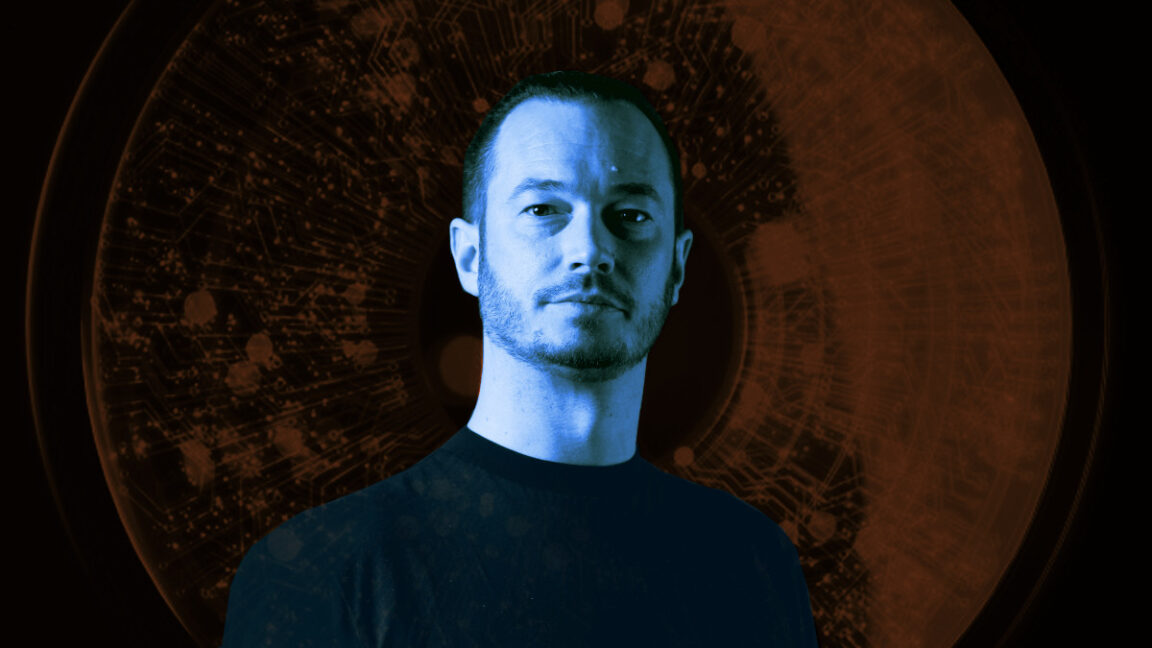The following is a repost from the JOIDES Resolution blog for Expedition 390 – South Atlantic Transect 1. I wrote the post Expedition 390 and the Earth Day 2022 Theme – Invest In Our Planet while sailing on the JR to help educators see the connection between the the theme of Earth Day for 2022 and the mission of scientific ocean drilling.
To increase accessibility to our expedition, click to listen to the page text read aloud.
Each year, EARTHDAY.ORG selects a theme to diversify, educate, and activate the environmental movement worldwide through individual and community action. The theme for 2022 is Invest in Our Planet, with a request:
“We need to act (boldly), innovate (broadly), and implement (equitably) …. A partnership for the planet.” — Earth Day 2022, Invest in Our Planet
These words capture the past, present, and future of scientific ocean drilling. Back in 1966, the formation of the Deep Sea Drilling Project (DSDP) was certainly a bold and innovative idea to advance our knowledge of the deep ocean environment. The National Science Foundation and University of California made the investment of financial resources and created an organizational framework that was the foundation of the International Ocean Discovery Program (IODP) we have today.
Our investment of time and resources to head out to sea nearly year-round for two-month stretches at a time to collect continuous cores of sediment and basement material has yielded significant scientific findings, notably the outcomes of DSDP Leg 3 which provided the evidence for seafloor spreading and the theory of plate tectonics. Additional information relating to our Earth system as a whole has yielded “staggering returns that have enabled pure discovery and revealed foundational knowledge” (Bontempi, 2022), such as how the information we extract from core samples and how it assists us in interpreting human impact on climate and the environment.
The IODP2050 Science Framework, Exploring Earth by Scientific Ocean Drilling, has strategic objectives and flagship initiatives that define future areas of research. Another important section of the Framework is the Enabling Elements, which are “key facets of scientific ocean drilling that facilitate our research activities, enhance our scientific outputs, and maximize their impact” (Koppers & Coggon, 2020). The Enabling Elements commit to an investment in broader impacts and outreach, providing opportunities for diverse audiences across career stages to participate in training and education and receive mentorship for the STEM careers related to scientific ocean drilling and the career fields that have yet to emerge. The dissemination of the scientific process, data, and results are to be shared globally and utilized build a scientifically-literate society prepared to be better stewards of the planet. The call from Earth Day’s theme Invest in Our Future mentions equitable implementation and partnerships, which is communicated in the Elements by the 23 nations involved in the development of this section and overall document.
JOIDES RESOLUTION AND EARTH DAY
Earth Day 2020 quilt, sewn by Laura Guertin and hung on a wall in the Mess Hall during EXP 390.
Every day is a celebration of Earth Day on JOIDES Resolution (JR)! The ship is engaged in several environmentally-friendly and sustainable practices. For example, there are no trays in the Mess Hall – everyone must carry their own plates of food, which conserves water and energy that would have been used for cleaning the trays. All beverage cups are reusable (not single-use). See blog posts from prior expeditions to learn how the JR handles waste (Waste Not, Want Not, EXP 376) and produces its own freshwater for use (Behind the Science – Water on the Sea, EXP 367).
The JR ship-to-shore broadcasts provide a valuable opportunity for classrooms from across the globe to learn about not only the process of science but who the scientists are working and living on the JR. This is a unique opportunity for students in grades K-12, community colleges, and four-year institutions to (virtually) meet a scientist and learn about career opportunities, perhaps even seeing themselves in this role in their own future. This is an important activity if we wish to Invest in Our Planet and inspire the next generation of scientists, science leaders, and science supporters.
What future investments can we make on the JR to be in partnership with the planet? Scientists on Expedition 390 have been reflecting upon the Earth Day 2022 theme and the mission of scientific ocean drilling. For example, there is agreement the potential exists for some exciting, innovative technologies that could be applied to the JR and all ships on the water, tapping into the Sun, wind, and waves for energy. Could we reduce our waste even further? Could we be more efficient with our coring activities and sample collection? These questions and more will be revisited time and time again to ensure we are improving our own practices as we learn more about earth systems and the human connection.
References
Bontempi, P. (2022). An ambitious vision for the future of scientific ocean drilling. EOS, 103, https://doi.org/10.1029/2022EO220019. Published on 7 January 2022.
Koppers, A.A.P., and R. Coggon, eds. (2020). Exploring Earth by Scientific Ocean Drilling: 2050 Science Framework. 124 pp. https://doi.org/10.6075/J0W66J9H





















Discussion about this post